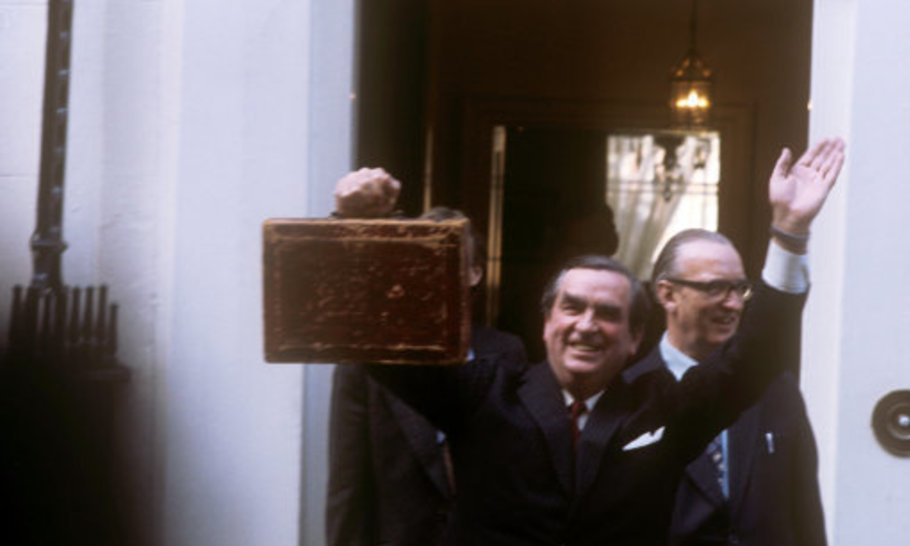How much can Britain borrow?

PA/PA Archive/PA Images
How much will the UK Government be able to borrow? So far the focus has been on the different questions of how much it will “need” to borrow or how much it should. We have had high-minded discussions about the lockdown in place for as long as “necessary”. So far as the vast and escalating cost is concerned the message from the Government has been that it will stump up — “whatever it takes.”
That sentiment is welcome, but the moral choices at hand are not quite so simple. What if the lockdown did indeed save many lives, but caused others lives to be lost in an array of insidious and hidden ways? In seeking to mitigate the crisis, shouldn’t we exercise some restraint to minimise the financial burden that is passed on to our children and grandchildren?
The Government’s reaction so far contains the assumption that it can borrow as much as it likes. But is that true? Caroline Elsom, a Senior Researcher at the Centre for Policy Studies suggests that the Government faces “an estimated £127 billion in direct bailout costs and £119 billion in indirect costs such as lower tax revenue”. She adds that: “When added to the £55 billion of borrowing already forecast for this financial year this produces a deficit of £301 billion, representing approximately 15 per cent of GDP. ” She emphasises that this figure will continue to increase. Already it is even higher than the Office for Budget Responsibility figures of a week ago. They thought it would be a mere £273 billion.
This brings us to the alarming question of whether there’s a point at which it will simply not be possible to borrow any more. Perhaps the Government could decide to borrow £300 billion this year? But £400 billion? Or £500 billion? The same again the next financial year?
Philip Barrett of the IMF reckons that the “safe” debt to GDP limit is 140 per cent. Plenty of others think that is dangerously high. Ours was 79 per cent in February, so that gives a bit of margin. Back in 2015, the Greek government borrowing hit a ratio of 176 per cent. The economy crashed. The cash machines were literally empty.
We are some way off that. On the other hand, older readers will remember 1976, when Denis Healey was Chancellor of the Exchequer, and when the Government of the country was effectively handed over to IMF. The fund insisted on severe spending cuts in return for a loan to avert national insolvency. At the time our National Debt was equivalent to 47 per cent of GDP.
As with individuals and businesses, there is a limit to how much Governments are able to borrow — they are limited by the finite pool of investors who are willing to lend the money. There is one process where the Government can lend money to itself — that is known as “quantitative easing” by the Bank of England. The Bank creates money and buys Government bonds, and other kinds of financial assets. The effect of this is to inject cash into the banking system, which in turn increases the banks’ propensity to lend. As was seen in the aftermath of the 2008 crash, this inflates the value of assets — such as house prices. The effect is that it diddles the poor while helping the rich.
Inflation cheats the schmuck who lent money to the British Government in the first place. It means when the bond is repaid it is worth less. The suckers who get caught out might be the British public, through their savings, or the IMF, or the “financial markets” — some pension fund in Australia, or investment bank in Japan or whatever. But the more the Government resorts to inflation — lending itself pretend money — the harder it will get to persuade anyone else to lend it real money.
What makes it all the more dangerous is that the spell can be broken suddenly. Once the illusion that lending to a Government is safe evaporates, financial panic can follow. Reputation matters. It is not just a desiccated calculating machine of debt ratios. If some start to cancel their lending then others become nervous pretty quickly. It’s been a particular phenomenon in Latin America. Who would regard lending money to the Venezuelan Government as a prudent move? But the financial realities apply to every continent.
Jim Callaghan, the Labour Prime Minister back in 1976, told his Party Conference: “We used to think that you could spend your way out of a recession, and increase employment by cutting taxes and boosting Government spending. I tell you in all candour that that option no longer exists, and that in so far as it ever did exist, it only worked on each occasion since the war by injecting a bigger dose of inflation into the economy, followed by a higher level of unemployment as the next step. Higher inflation followed by higher unemployment. We have just escaped from the highest rate of inflation this country has known; we have not yet escaped from the consequences: high unemployment. That is the history of the last 20 years.”
He was quite right — and he learnt the hard way. For all the sophisticated jargon surrounding the public finances, the Government can not really set its own level of borrowing, any more than you or I can set our own overdraft. To the extent that the Government seeks to come up with fancy and convoluted schemes that pretend otherwise it just makes the consequences more severe. Nobody can quite know where the limit will come. All I am saying is that there is a limit. It would be foolish to push our luck.





